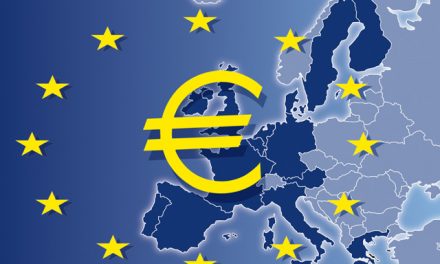FIRST, the good news. America’s economy grew in the third quarter of 2010, the fifth consecutive quarter of expansion. Real GDP grew at an estimated 2.0% annual pace from July to September, up from the 1.7% pace recorded in the second quarter. Growth was largely attributable to continued acceleration in personal consumption expenditures. Personal spending has grown at a faster pace in each of the last three quarters. Things could certainly be worse.
But they could also be substantially better. In fact, they’ve been better; real output has yet to return to its pre-recession peak, even after five quarters of recovery. That’s a reflection of the steepness of the previous decline but also the shallowness of the recovery. Through the first five quarters of recovery after the 1982 recession, real GDP grew by 7.8%. The total expansion this time has been just 3.5%. Little wonder that employment has risen so slowly.
Other aspects of the report are less than encouraging. Private investment growth slowed in the third quarter. The contribution from private investment declined almost across the board, but the biggest hit came from a substantial decline in residential investment, associated with the slowdown in housing markets following the end of the government’s housing tax credit. Import growth slowed (imports had a huge negative effect on second quarter growth), but so did growth in exports. The net effect was that net exports were less of a drag in the third quarter but in the second but still substantially offset good figures elsewhere.
The recovery remains a disappointing one, in other words, particularly for the more than 14 million workers that remain jobless. That stark fact, combined with the lack of any sign of inflation in the GDP report, is likely to reassure the Fed in its (presumed) decision to take additional steps to facilitate growth. And perhaps by the end of the year, the American economy will have at least regained the level it last held three years ago.



















